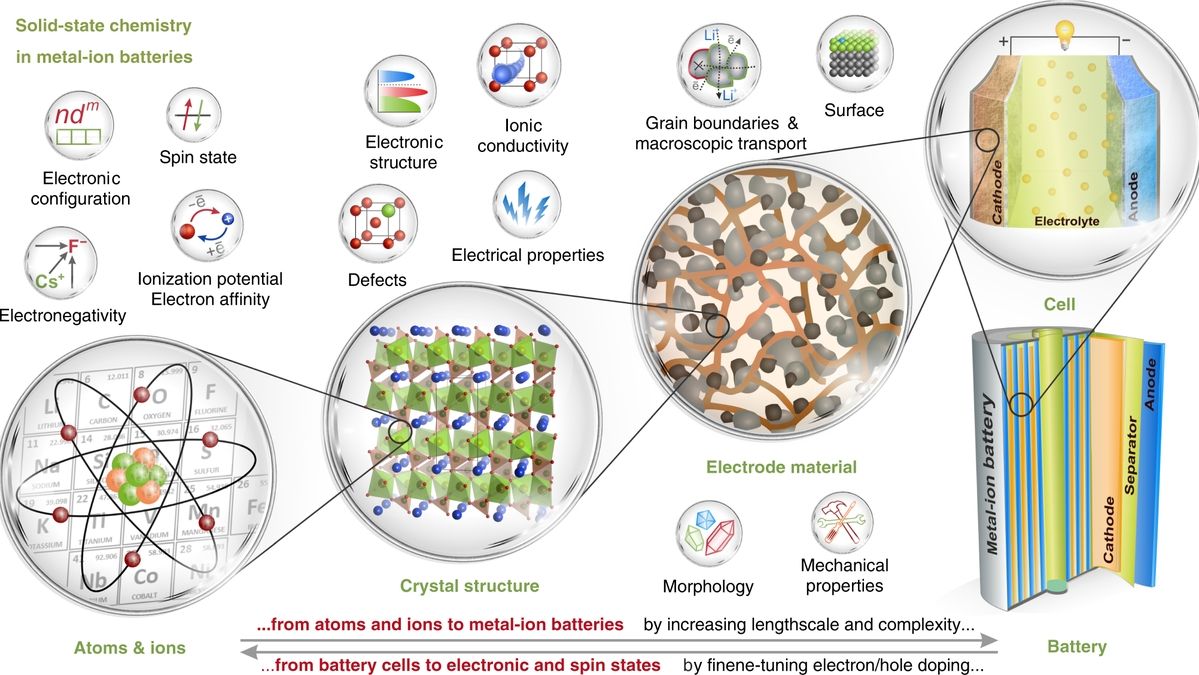
In the quest for a greener and safer future, a team led by Jean-Marie Tarascon in France has achieved a groundbreaking advancement in solid-state battery (SSB) technology. This innovation not only promises to revolutionize how we store energy but also addresses one of the most persistent challenges in the realm of battery technology: the need for high external pressures during cycling experiments. The development of a novel cathode-electrolyte composite brings us a step closer to overcoming the obstacles hindering the commercialization of SSBs, potentially transforming energy storage across various sectors.
A Leap Forward in Solid-State Batteries
The traditional challenge with SSBs has been the loss of contact between electrode and electrolyte particles, resulting in poor cyclability. Historically, this issue necessitated the application of high external pressures, exceeding 100 MPa, to maintain contact and ensure stable cycling of the batteries. Such conditions, however, are impractical for real-world applications, which demand operation at much lower pressures.
In a significant stride towards resolving this dilemma, Tarascon and his team have developed a cathode-electrolyte composite consisting of a mixed chloride-bromide halide complex (LiYBrCl) and nickel-manganese-cobalt oxide (LiNiMnCoO). This composite has exhibited an exceptional ability to enable stable cycling of SSBs against lithium-based anodes at pressures close to atmospheric levels. The implications of this development are profound, offering a pathway to safer, more efficient energy storage solutions that are viable for everyday applications.
Implications for Energy Storage and Beyond
SSBs have long been heralded as the next frontier in battery technology, with the potential to surpass conventional lithium-ion batteries in safety, efficiency, and environmental impact. By eliminating the safety risks associated with liquid electrolytes and dendrite formation, SSBs represent a significant leap towards more reliable and sustainable energy storage systems. Tarascon’s breakthrough, detailed in a recent publication in Nature Energy, not only addresses a critical technical challenge but also opens the door to practical applications in electric vehicles, renewable energy storage, and portable electronics.
The development of this cathode-electrolyte composite heralds a new era in the quest for energy solutions that are not only environmentally friendly but also accessible and practical for a broad range of uses. As the world continues to move towards renewable energy sources, the ability to store energy safely and efficiently becomes increasingly critical. This advancement in SSB technology could play a pivotal role in making sustainable energy systems more feasible and reliable.
Looking Towards the Future
While the breakthrough by Tarascon and his team marks a significant milestone in the development of SSB technology, it also highlights the journey ahead. The novel composite demonstrates promising results in enabling stable cycling at near-atmospheric pressures, a critical step towards commercial viability. However, challenges such as rate capability and long-term degradation still need to be addressed to fully realize the potential of this technology.
The future of energy storage lies in innovations that not only enhance performance and safety but also ensure compatibility with the growing demands of various applications, from electric vehicles to grid storage. As researchers continue to explore and refine solid-state battery technology, the dream of a sustainable, energy-efficient future becomes increasingly attainable. Jean-Marie Tarascon’s work brings us closer to that reality, highlighting the importance of continued investment and research in this critical field.
